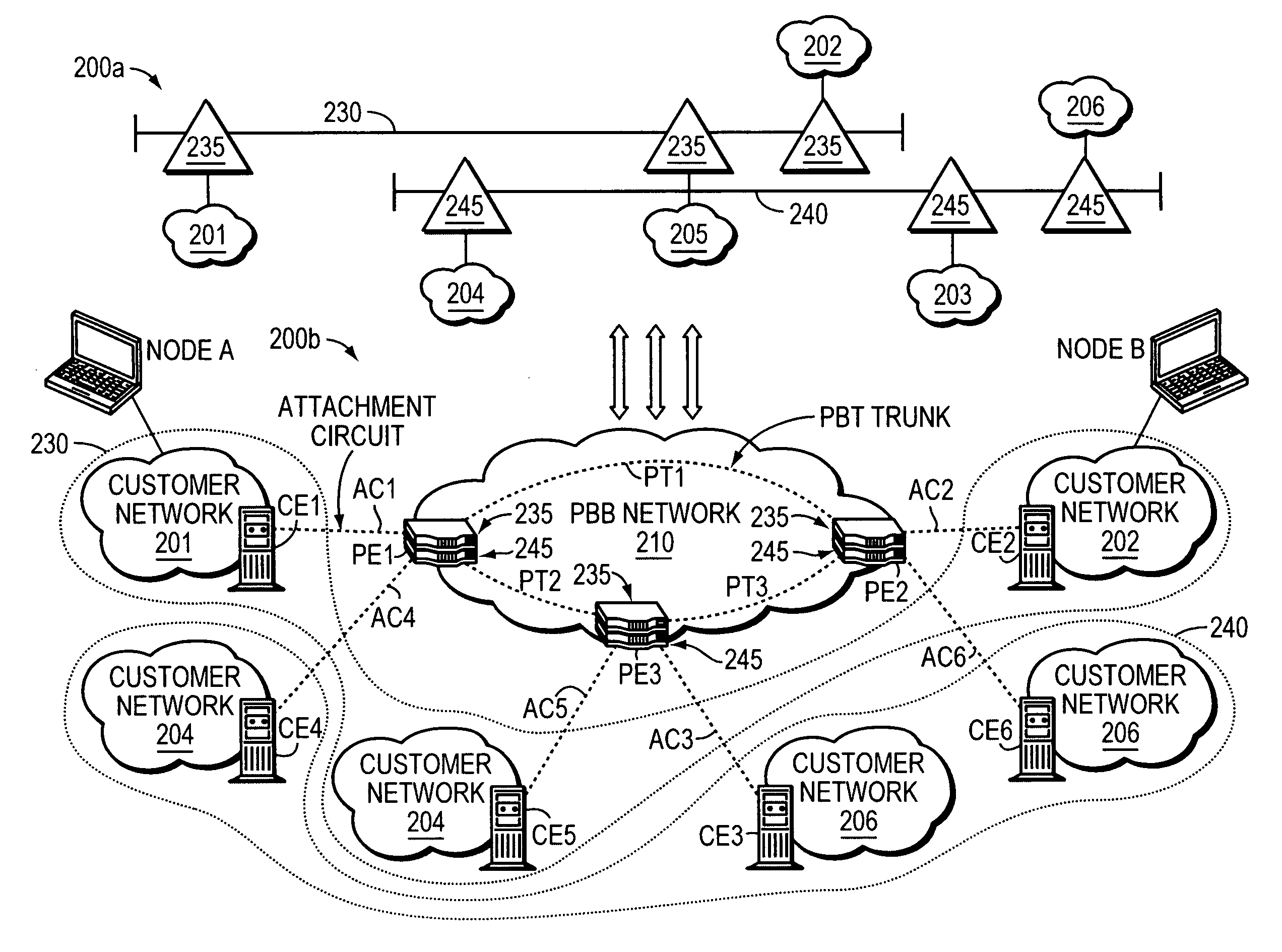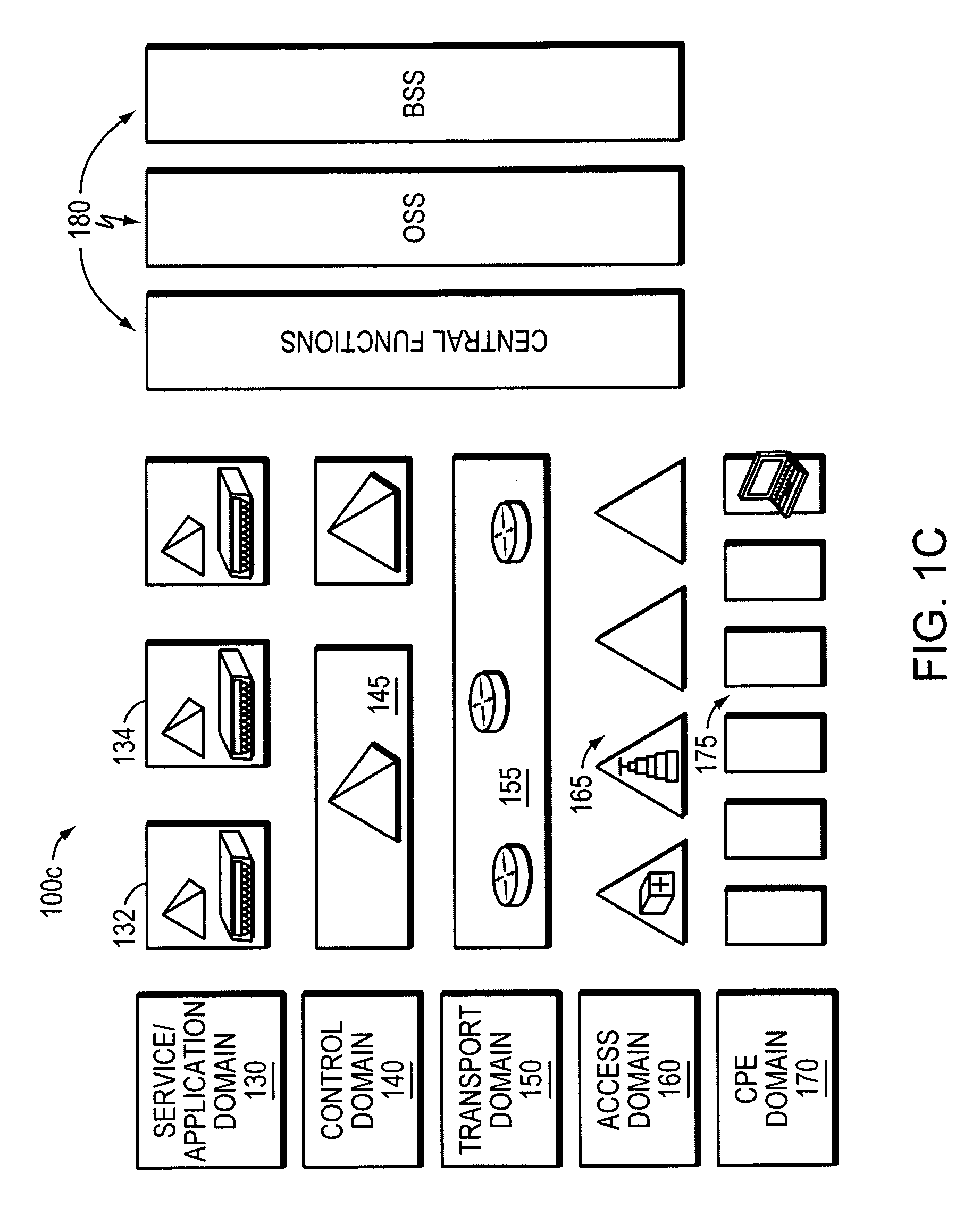Software control plane for switches and routers
a router and software control technology, applied in the field of software control planes for switches and routers, can solve the problems of network operators being challenged, internet expansion, and tremendous strain on service provider networks
- Summary
- Abstract
- Description
- Claims
- Application Information
AI Technical Summary
Benefits of technology
Problems solved by technology
Method used
Image
Examples
Embodiment Construction
[0056]A description of example embodiments of the invention follows.
[0057]FIG. 1A is an abstract block diagram illustrating the architectures 100a of traditional voice 110 and data 120 networks used by carriers. Over time, the relative importance of the different networks has shifted. Therefore, the massive growth of data traffic over data networks 120, the flat growth of voice traffic over voice networks 110, and the maturity of Internet Protocol (IP) technology has caused carriers to assess their systems and predict what services their networks will need to support and the type of competition they will face in the future. The overall conclusion is that the architecture 100a of traditional networks needs to change to allow operators to address the market effectively and compete in the new environment. This has driven the International Telecommunication Union (ITU) to develop a Next Generation Network (NGN) architecture to enable delivery of a wide range of telecommunication service...
PUM
 Login to View More
Login to View More Abstract
Description
Claims
Application Information
 Login to View More
Login to View More - R&D
- Intellectual Property
- Life Sciences
- Materials
- Tech Scout
- Unparalleled Data Quality
- Higher Quality Content
- 60% Fewer Hallucinations
Browse by: Latest US Patents, China's latest patents, Technical Efficacy Thesaurus, Application Domain, Technology Topic, Popular Technical Reports.
© 2025 PatSnap. All rights reserved.Legal|Privacy policy|Modern Slavery Act Transparency Statement|Sitemap|About US| Contact US: help@patsnap.com



